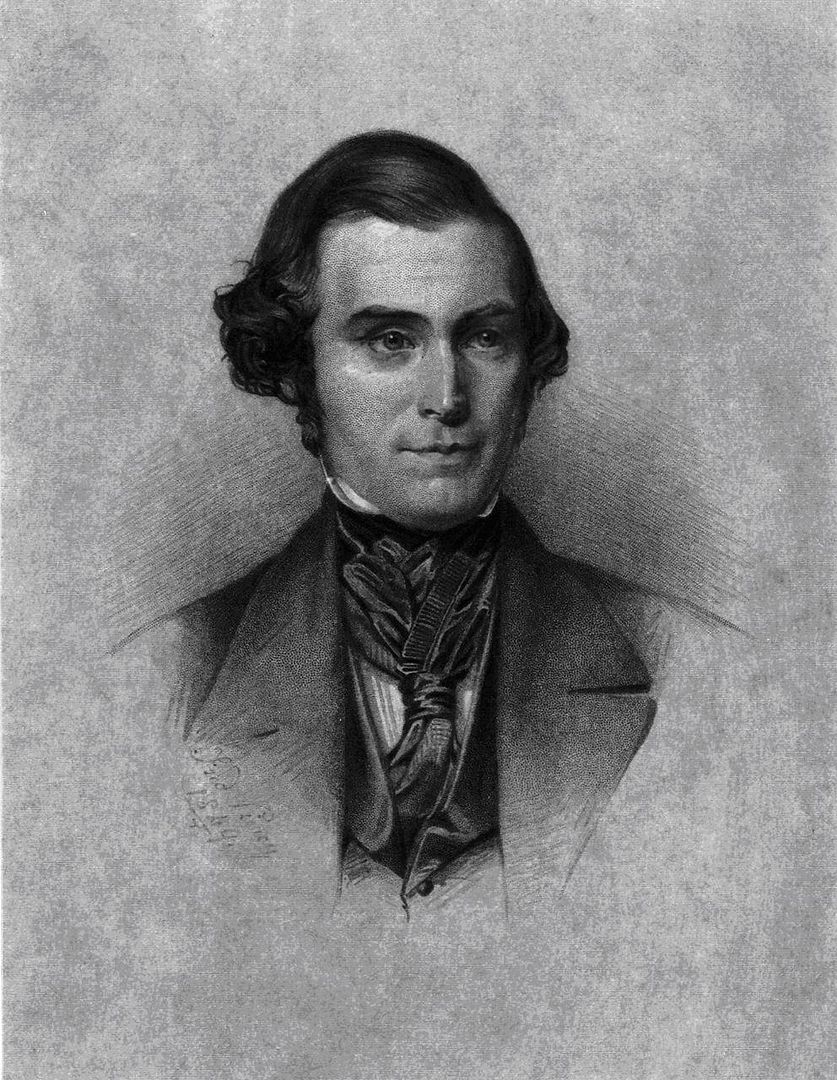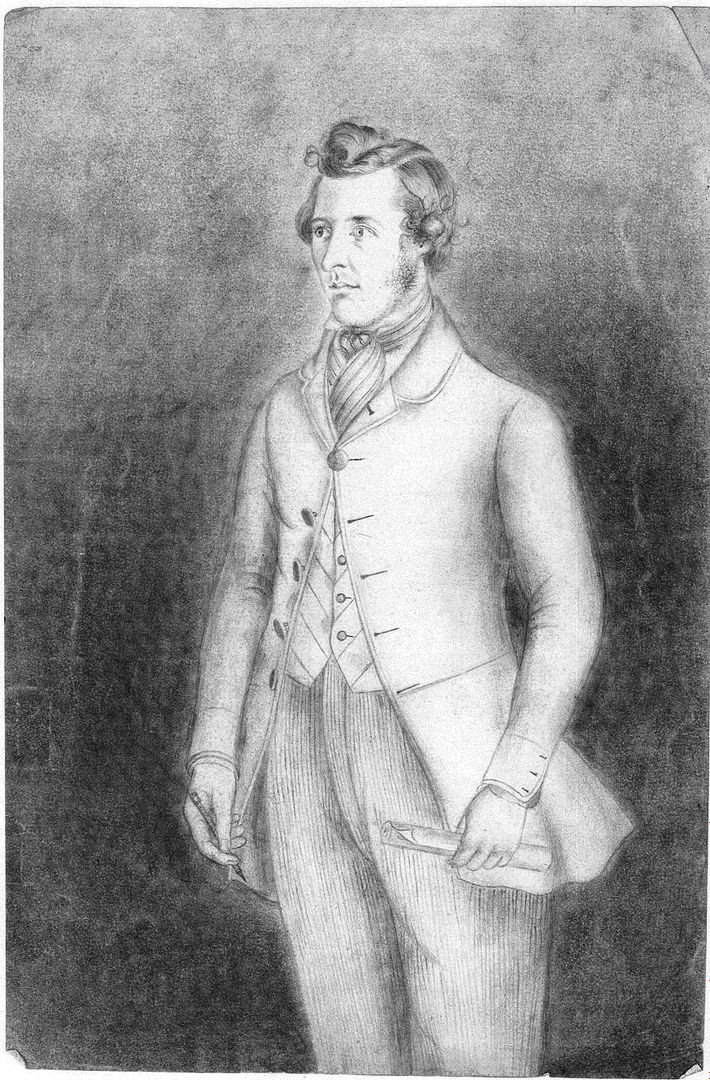The year 1848 was one of tumult across Continental Europe – revolution broke out in France, followed soon by others in Germany, Austria, Italy, and Hungary. The French king, Louis Philippe, fled Paris as the people raised barricades in the streets and demanded electoral reform, a democratic republic, and benefits for the working classes. In four days in June ten thousand people were killed or wounded in Paris, and their blood ran in the streets. Across the board Europeans demanded liberal constitutions and reforms.
Great Britain escaped such violence, the citizens always preferring to bring change about through parliamentary reforms. But with unemployment and hunger spreading, riots broke out in Glasgow while Chartists in London, the popular social and political reform movement, presented their petition to Parliament. But in the end the Chartist petition was rejected and the members gradually drifted away.
This period of political turmoil, of hope and despair, coincided with a dramatic growth in Mormon conversions. Many in the working classes – the main source of converts – viewed reports of earthquakes, great fires, etc., and especially the Revolutions of 1848 as “signs of the times.” As such, they were evidence that the Millennium was upon them and Christ would soon return. They spurred interest in the new faith as the answer to their longing, and many went into the waters of baptism.
But substantial growth for the British Mormons did not begin until there appeared a John the Baptist to warn the people and a St. Paul to spread the word. The Mormon leaders in Utah had sent talented missionaries to fill those roles. The new John the Baptist was Orson Pratt, one of the twelve apostles of the faith. He was president of the British Mission for just under two and a half years, from August 1848 to January 1851. In that time the number of baptisms in the whole of Great Britain nearly tripled. In 1847, before he arrived, there were 2918 baptisms; in 1848, after he had been there only six months, 6520. In 1849, baptisms rose to 8620, and in 1850 the number was 8017. For 1852, a year after Pratt’s departure, the number dropped to 3400, considerably less than half of his peak success. To take just the Glasgow Conference, in 1849 under Pratt’s leadership, an average of sixty-five persons were baptized each month. But in 1852, after he left, it dropped to twenty-six a month (figures are from reports in the Millennial Star).
 Orson Pratt’s success can be attributed to his oratory and especially to the power of his pen. He wrote a series of pamphlets, first published individually in the British Mormon newspaper, the Millennial Star, then reprinted by the tens of thousands, and finally bound together in a book in 1851. His writings were cogent and convincing, leading many to convert who had formerly been skeptical. Historian Edward W. Tullidge, who joined the church in this period, recalled that the British “almost worshipped” Pratt and considered him their “theological father.” Along with his pamphlets, Pratt set up a “vast missionary machinery” with, Tullidge estimated, five thousand elders to proselytize across Great Britain. These were the new converts themselves, not missionaries from Utah (Breck England, The Life and Thought of Orson Pratt, 155-56.)
Orson Pratt’s success can be attributed to his oratory and especially to the power of his pen. He wrote a series of pamphlets, first published individually in the British Mormon newspaper, the Millennial Star, then reprinted by the tens of thousands, and finally bound together in a book in 1851. His writings were cogent and convincing, leading many to convert who had formerly been skeptical. Historian Edward W. Tullidge, who joined the church in this period, recalled that the British “almost worshipped” Pratt and considered him their “theological father.” Along with his pamphlets, Pratt set up a “vast missionary machinery” with, Tullidge estimated, five thousand elders to proselytize across Great Britain. These were the new converts themselves, not missionaries from Utah (Breck England, The Life and Thought of Orson Pratt, 155-56.)
Scottish convert T. B. H. Stenhouse wrote that Pratt’s influence “spread like a consuming fire among the Saints. … The excitement was contagious, … the elders were powerful, the Saints were zealous, the public listened, the spirit ran from heart to heart, and miracles were common” (The Rocky Mountain Saints, 10).
Furthering Orson Pratt’s influence was the new St. Paul, Eli B. Kelsey, the president of the Glasgow Conference. Besides being a vigorous speaker himself, he ordered Pratt’s pamphlets by the thousands and devised systems to circulate them among non-members and members. Kelsey wrote to Pratt that “The work of the Lord is rolling on rapidly in this conference. Many scores are obeying the Gospel; indeed some branches have doubled their members within the last two months. The circulation of the printed word is doing good” (Kelsey to Pratt, Millennial Star 11 [February 15, 1849]: 62). Kelsey became a legend among the missionaries: “He was like a tempest sweeping over the … countryside – converts, miracles, and stories of his preaching power following in his wake,” wrote historian Ronald W. Walker (Wayward Saints: The Godbeites and Brigham Young, 129).
One of the recipients of Orson Pratt’s preaching was a Scot by the name of Peter McAuslan. He, his parents, and siblings lived in the town of Denny, not far from Falkirk, Scotland, almost equidistant between Glasgow and Edinburgh. There they worked in calico printing. Peter himself drew intricate and detailed patterns for the handblock printers, both pattern designing and handblock printing being artisan trades. Within a few years, every part of calico printing would be mechanized.
Peter’s grandmother and several aunts and uncles had already converted to the new faith, and she and two of his uncles had emigrated in the first group that went directly from Liverpool to Utah in early February of that same year, 1848. But none in Peter’s immediate family had converted.
Peter’s conversion was directly related to the arrival of Orson Pratt. At Pratt’s first general conference, held in Manchester, England, in August 1848, he spoke at length and with fervor about Zion: Who are the people of Zion? What are the good tidings that Zion brings? Why is Zion commanded to “get up into the high mountain”? His discourse, covering six printed pages, appeared in the September 1 issue of the Millennial Star, just a month before Peter was baptized.
“The idea of a redeemed World took a strong hold on my mind,” Peter wrote,
for did not God’s prophets declare that the time would come when man would beat there Swords into Ploughshirs and there Speers into proomhooks [pruning hooks] and study war no more? In that day there would be nothing to hurt or defile in all the Holy mountain of the Lord. The knowledge of the Lord would cover the Earth as water cover[s] the channel of the great deep, that every man would have the pleasure of setting under his own vine and fig tree, none dareing to make him afraid” (Miscellaneous note, c. 1907).
On October 3, 1848, he was baptized. Shortly afterwards, Peter had a vision that confirmed the truth of Mormonism for him. And a month later, his parents and several siblings were also baptized.
 In March 1849 Orson Pratt visited both the Edinburgh and Glasgow quarterly conferences. Peter attended one and perhaps both. The Edinburgh conference was on March 18 and 19, followed by Glasgow on March 24 and 25. Thousands came to hear Pratt in Edinburgh, where the local members had rented rooms large enough to hold three thousand. After he spoke, the audience clamored for a discussion, but Pratt said he had not come to debate. When they shouted more insistently, Pratt left the room, followed by their cheers. In Glasgow, he spoke to members on March 25, and then after the conference, on March 26 and 28 to thousands in the City Hall. There a number of ministers confronted him, asking why he did not cure the sick and blind and give speech to the dumb. Pratt responded that such signs were for those who believed and were baptized. On the second night when Pratt spoke on the Kingdom of God, no one interrupted him.
In March 1849 Orson Pratt visited both the Edinburgh and Glasgow quarterly conferences. Peter attended one and perhaps both. The Edinburgh conference was on March 18 and 19, followed by Glasgow on March 24 and 25. Thousands came to hear Pratt in Edinburgh, where the local members had rented rooms large enough to hold three thousand. After he spoke, the audience clamored for a discussion, but Pratt said he had not come to debate. When they shouted more insistently, Pratt left the room, followed by their cheers. In Glasgow, he spoke to members on March 25, and then after the conference, on March 26 and 28 to thousands in the City Hall. There a number of ministers confronted him, asking why he did not cure the sick and blind and give speech to the dumb. Pratt responded that such signs were for those who believed and were baptized. On the second night when Pratt spoke on the Kingdom of God, no one interrupted him.
At one or more of these meetings, Peter made a sketch of Pratt. Although he did not label the pencil drawing, there is little doubt as to the identity when compared to an engraving made of Pratt the same year by Frederick Piercy. The underlying morphology – the high forehead, the similar hairline, the spacing of the eyes and their intentness, the long nose, the rounded chin, the jaw line, the shape of the head, and even its tilt all appear to match closely. The scroll and pen Peter put in his hands are in keeping with Pratt’s prolific writing.
Peter and his new wife Agnes, whom he married in Liverpool just before sailing, set out for America in February 1854 and arrived in Salt Lake City that October. Although Peter and Agnes left their homeland with a sincere and deep faith, events in Utah eventually led to their disaffection from the religion they had loved.
-oOo-
You can read more of Peter’s life in Scotland as a calico pattern designer and Mormon convert, the long and tedious journey to Utah, and then what happened there in my new book, Mormon Convert, Mormon Defector: A Scottish Immigrant in the American West, 1848-1861 (Norman, Okla.: Arthur H. Clark Co., 2009). (Amazon link)
Continue reading at the original source →



